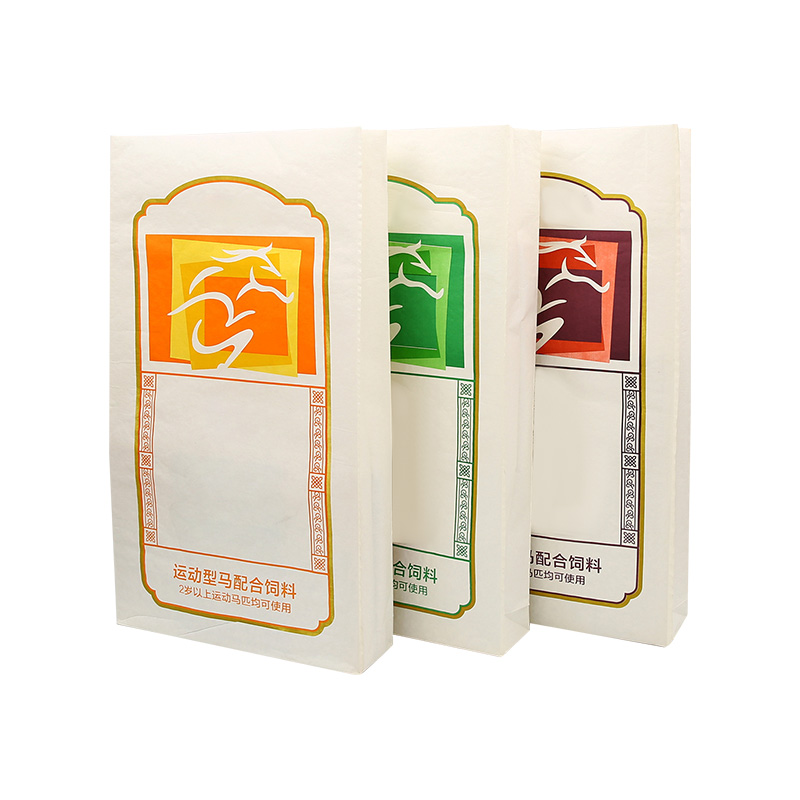As consumer awareness of environmental impact grows, the choice of packaging has become a significant factor in both product appeal and operational strategy. Color-Printed Laminated Woven Bags offer an example of how sustainable packaging materials can meet practical transport needs while supporting environmental goals. Businesses evaluating packaging options now face questions about when it is appropriate to adopt materials that combine durability, reusability, and eco-friendly properties.
Assessing Product and Transport Requirements
One of the key moments to consider sustainable packaging materials is when your products require protection during heavy-duty transport. Laminated woven bags are designed to handle substantial weight and resist tearing, making them suitable for materials such as powders, chemicals, and agricultural products. By ensuring that goods arrive intact, these bags reduce loss and maintain product integrity. Considering material strength in relation to transport conditions allows businesses to determine whether switching to laminated woven bags aligns with operational needs.

Aligning Packaging with Brand Values
Consumer perception increasingly reflects how environmentally conscious a brand appears. Using sustainable packaging materials communicates responsibility and attention to ecological impact. Color-printed laminated woven bags serve a dual purpose: they provide durable protection while also allowing clear branding through high-quality printing. Logos, handling instructions, and product details remain visible and vibrant, reinforcing brand identity. This visual and practical consistency can strengthen customer trust and support marketing strategies focused on sustainability.
Regulatory and Industry Standards
Another factor influencing the decision to adopt sustainable packaging is compliance with regulatory requirements. Certain industries, such as food, agriculture, and chemicals, demand packaging that meets safety or hygiene standards. Food-grade laminated woven bags, for example, provide protection against contamination while being reusable, which satisfies both safety and environmental considerations. Evaluating industry-specific requirements helps identify where sustainable packaging not only benefits the environment but also meets legal or procedural standards.
Opportunities for Cost Efficiency
While sustainability often focuses on environmental benefits, there are also practical operational advantages. Laminated woven bags can be reused multiple times, which reduces the need for single-use packaging and lowers overall material costs. Their strength reduces product loss during handling and transportation, and their stackable, lightweight design facilitates storage and transport.Companies evaluating packaging efficiency may find that adopting durable, sustainable materials results in both ecological and financial gains over time.
Enhancing Product Differentiation
In competitive markets, packaging can distinguish a product from others on the shelf or in storage. Color-printed laminated woven bags provide options for custom sizes, colors, and printing, supporting product differentiation and brand recognition. Industries such as construction, agriculture, and chemicals can benefit from the combination of strong material performance and clear visual presentation. When a product’s packaging demonstrates both care for the environment and attention to user experience, it can contribute to a stronger market position.
Strategic Timing for Transition
Considering sustainable packaging materials is particularly relevant when planning new product lines, scaling production, or addressing environmental objectives within corporate strategy.Companies can evaluate their current packaging lifecycle, waste reduction goals, or brand messaging objectives to determine the timing.Adopting laminated woven bags during these strategic moments ensures that the switch supports both operational performance and long-term sustainability commitments.
Integrating Sustainability into Supply Chains
Beyond individual products, sustainable packaging materials can influence broader supply chain efficiency. Reusable laminated woven bags reduce replacement frequency and contribute to smoother logistics operations.Their adaptability across multiple product categories, from powders and chemicals to food and fertilizers, allows businesses to standardize packaging practices while maintaining environmental responsibility. This integration highlights that sustainable packaging is not only a design choice but also a component of operational strategy.


 English
English Español
Español عربى
عربى
